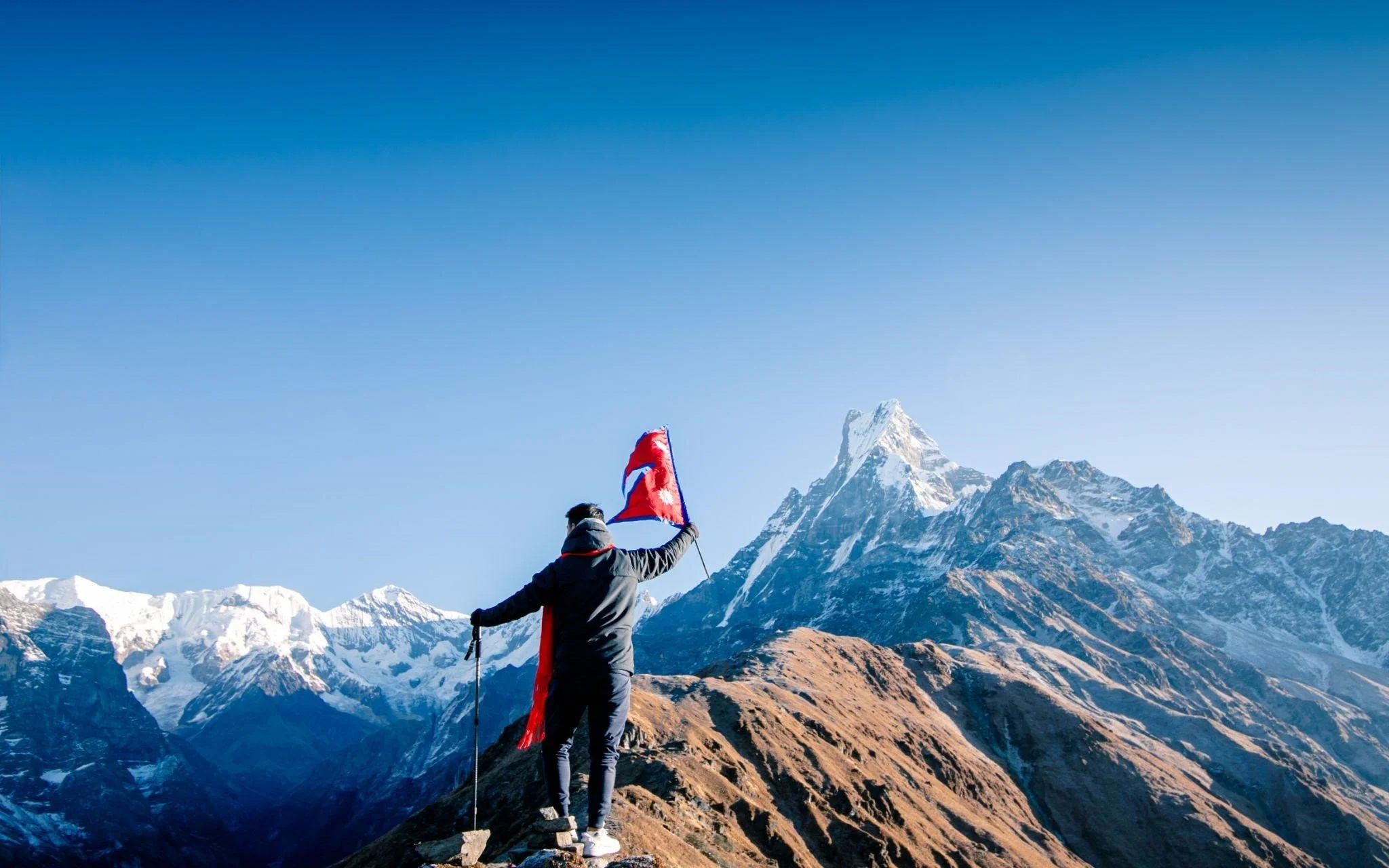Bagmati Province has a lot to offer. For years had been the first step for travellers due to the only international airport in Nepal- Tribhuvan International Airport (TIA). Many great adventure stories have begun in this region. It is almost like this province was the beating heart of the nation's tourism economy.
This province is the second most populous in Nepal. It borders the Tibet Autonomous Region of China in the north, Gandaki Province to the west, Province 1 in the east and the state of Bihar and Madesh Province in the south. It is also home to the capital of Nepal- Kathmandu, and the ancient kingdoms of Kathmandu, Bhaktapur and Lalitpur- the birthplace of the Newar culture. In terms of culture, it includes Newar, Tamang, Madhesis, Sherpa, Tharu, Chepang, Jirel, Brahmin, Chhetri and more. Due to the region's natural abundance, liveability and acceptance, it became a melting pot of cultures.
There are numerous sites of great interest in this region. But amongst the best, these are the few that cannot be missed:
1. Swayambhunath Stupa
The shrine of Swayambhu is known as Swayambhu-Nath or The Monkey Temple and is a major tourist attraction of Kathmandu Valley. Riddled with numerous shrines of Bodhistva's, Lichavi chaitya and stupas, mists of incents and chants of prayer. The Padma-Giri is a hill of spiritual awakening, the light of Swayambhu ever since history began has been a beacon of enlightenment attracting its seekers to the valley, even till this date many take great journeys to find sanctum in its light.
As per chronology, Bipaswi Buddha came from a city named Bandhumati: and took abode on a mountain west of Nag Hrad (Ancient name of the valley when it was a lake). He sowed a lotus-seed in the Hrad on the full moon in the month of Chaitya. In honor of this a Mela is held on the mountain on the full moon on the month. Today its known as Gunla Festival where it is believed one must visit the chaitya at least once. “Gunla Baja” is played every morning by the various tole’s(communities) around Swayabhu, People ascend the 365 and venerate shrine before returning home.
The legend continues as the same lotus -seed brought forth a lotus-flower and in the center was Swayambhu, who came from Aknisht Bhuban ( Sacred Land) appeared in the form of light. In Treta Yuga, Manjusri came from Mahachin(China) and saw the light of Swayabhu, he then cut a passage through a mountain that drained this ancient lake and thus emerged the valley of Kathmandu.
2. Chitwan National Park
Among the two national parks listed in the UNESCO World Heritage list from Nepal. The Chitwan National Park is a protected area for conservation of the natural habitat, flora and fauna of the subtropical scape of Nepal. The park is home to 68 species of mammals, 544 species of birds, 56 species of herpetofauna(amphibians) and 126 species of fish. The park is home to the One Horned Rhinoceros, Royal Bengal Tiger and Gharial Crocodiles. Through in-situ conservation methods, translocation programs, patrol guarding and monitoring the park has reduced the illegial activities such as poaching, unauthorized deforestation and also increased the social wellbeing of the individuals surrounding the buffer zone.
The national park has grown into a prime tourism hub for enthusiasts of wildlife, photography, bird watching and sight seeing. Through private and governmental efforts the park has seen numerous progressions.
3. Pashupatinath Temple
Legend has it, after Majusri after draining the Nagardha (Kathmandu Valley) established a beautiful Slesamantaka Forest near Guhyesvari for the services of Swayambhu and Guhyesvari. As the forest grew dense and beings began populating the great forest. It was then Krakucchanda Buddha visited the valley. One fine day he was near the Slesamantaka forest and saw Brahma, Visnu and Mahesvara who had manifested themselves in the form of a deer and lived in the forest. The place was since then called Mrgasthali from that day on.
In time Brahma, Visnu and Mahesvara agreed to leave their deer from in the forest and go back to abodes. During when, Mahesvara (Shiva) left his deer form at the bank of the Vagmati(Bagmati), as he manifested as a light that pervaded through seven worlds upwards from Earth and seven worlds downwards from hell. Lord Brahma went upwards to cross the light of Mahadeva, which had extended beyond seven worlds from the earth whereas Lord Visnu did the same in the downward direction. The place from where Visnu departed towards hell is known as Visnugupta. Similarly, the place from which Mahadeva left his deer from into light is known as Pashupati.
The site was inscribed into the list of UNESCO World Heritage in 1979 AD. It span’s a total area of 246 hectors which encompass, the temples, ghats and monuments. The site is one to hundreds of sacred rituals performed by the priests every day.















